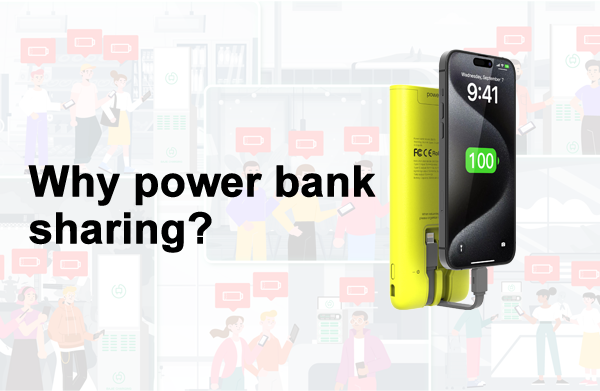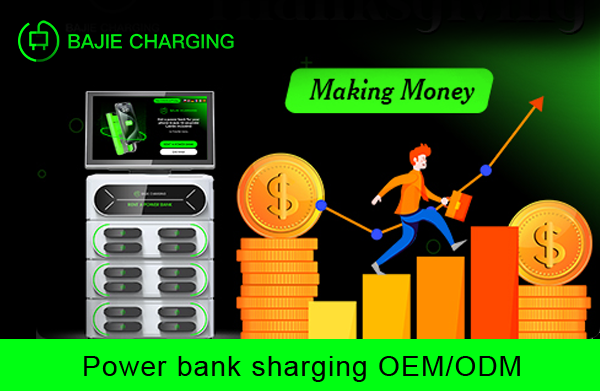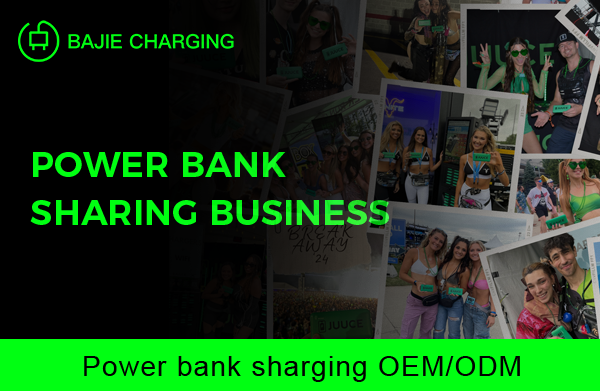The birth of “shared accommodations” Airbnb has opened the era of the sharing economy. With the extension of the sharing concept into commercial fields, shared travel, shared accommodations, shared power banks, and shared office spaces have become representative areas of the sharing economy.
Everyone shares, everyone benefits. Originating in Europe and America, the sharing economy has continued to develop and innovate in China, giving rise to numerous thriving “shared+” business models. The sharing economy has even become a hallmark of China.
- Meanwhile, shared power banks continue to stand at the forefront of this trend.
The most authoritative international Internet data agency, the International Telecommunication Union (ITU), and the GSMA Association have reported that the global number of mobile phone users is 5.44 billion, accounting for 68% of the total global population. The global number of Internet users is 5.16 billion, representing 64.4% of the total population. It is estimated that by 2027, the global number of connected smartphones will reach 8 billion.
With the continuous growth of global smartphone users and the large user base, as well as the increasing duration of mobile phone usage in work and entertainment scenarios, the demand for charging while on the go and emergency charging has become a market necessity.
As the number of global smartphone users continues to grow, with its vast user base and high-frequency market demand, shared power banks as an emerging market overseas are poised for explosive growth.
Currently, the penetration rate of the overseas shared power bank market is relatively low, providing more development opportunities for new entrants in the overseas shared power bank market and enabling them to reap new wealth.
Rapid Growth of the European and American Shared Power Bank Market
According to Statista, as of July 2023, the global internet penetration rate was 64.5%. Looking at various regions around the world, Europe, North America, and South America all have internet penetration rates exceeding 80%, with smartphone penetration rates reaching as high as 78%, far exceeding the world average. Among users aged 18 to 54, nearly one-tenth spend over 40 hours per week using smartphones.
The traditional method of storing and charging phones in overseas markets lacks flexibility and is highly inconvenient, failing to meet people’s needs for on-the-go and emergency charging. Shared power banks undoubtedly provide the best solution to this market problem.
For consumers, unmanned and self-service usage, combined with the convenience of not needing to use them at fixed locations, make it easy to carry shared power banks to different places and return them to different locations. With low usage thresholds and high convenience, they meet users’ daily on-the-go charging needs.
According to PwC’s forecast, the sharing economy is expected to grow to $335 billion by 2025. The potential of the shared power bank business model has already been validated in the Chinese market, leveraging a market scale of hundreds of billions and an estimated market size exceeding 700 billion by 2028. However, the shared power bank market in Europe and America is just beginning, and the market is poised for explosive growth.
The superior business environment in the European and American markets drives the development of shared power banks in overseas markets. The widespread availability of entrepreneurial education, government support, and mature entrepreneurial ecosystems in European and American countries make them hotbeds for entrepreneurship.
The rise of the circular economy and green economy has prompted astute entrepreneurs to set their sights on shared power banks. As a form of the circular economy, the sharing economy effectively enhances the circulation of social resources and reduces resource consumption and pollutant emissions from product production. It embodies characteristics of resource conservation and environmental protection, contributing to the green and sustainable development of the economy, society, and environment.



















